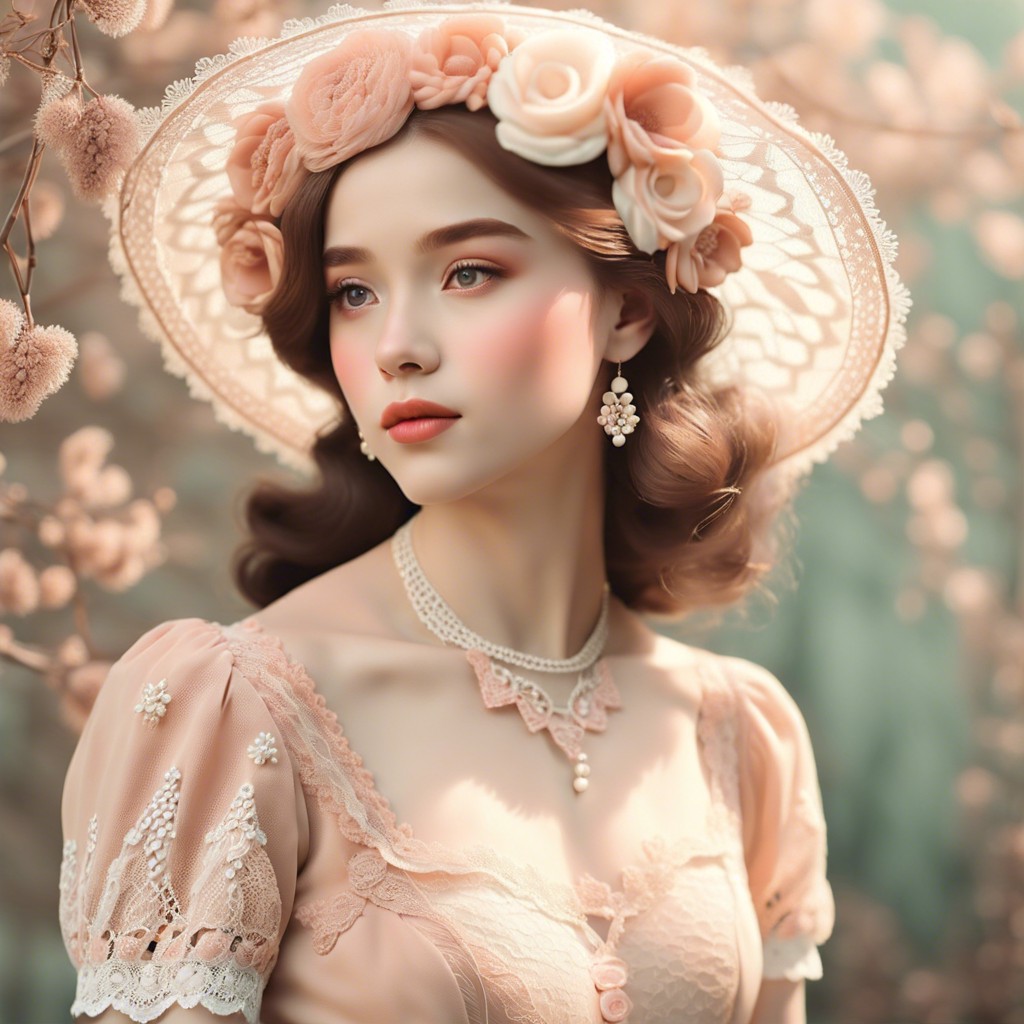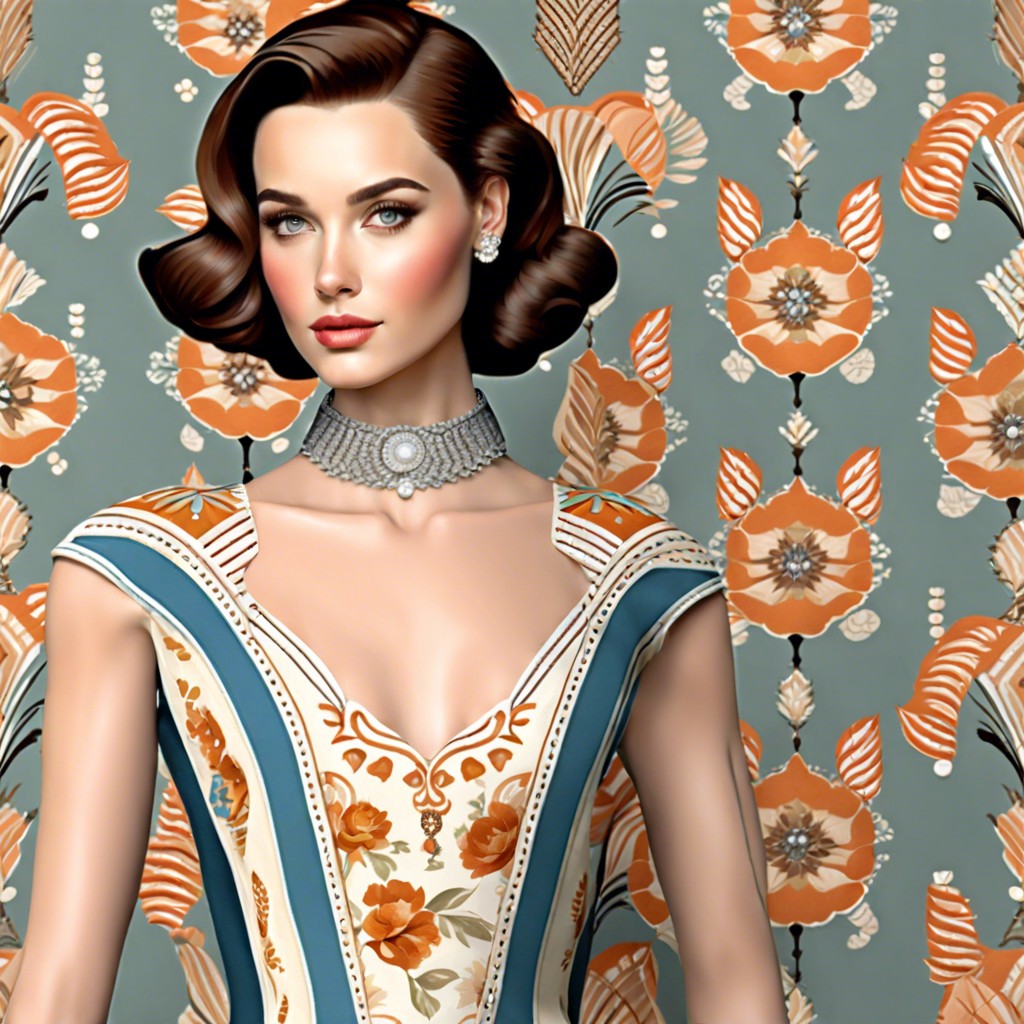Last updated on
Discover how the vintage aesthetic transcends mere nostalgia, immersing contemporary design with timeless appeal.
Key takeaways:
- Emphasis on items from 1920s to 1980s
- Focus on quality construction and enduring materials
- Aesthetically characterized by patina, classic lines, and retro patterns
- Reflects an appreciation for the history and stories behind objects
- Vintage fashion promotes sustainable practices by reusing pre-owned items
Defining Vintage Aesthetic

Vintage aesthetic embraces the charm and characteristics of items typically 20 to 100 years old. It draws inspiration from past design elements, favoring authenticity, craftsmanship, and a sense of nostalgia.
Key points:
- Emphasis on items from the 1920s to the 1980s
- Focus on quality construction and enduring materials
- Aesthetically characterized by patina, classic lines, and retro patterns
- Reflects an appreciation for the history and stories behind objects
This aesthetic isn’t strictly about age; it’s about the celebration of timeless design and the appreciation of the culture from which it originates.
Characteristics of Vintage Aesthetic

Time-Tested Appeal: A sense of history and nostalgia defines this aesthetic, often spotlighting items and designs from the 20th century.
Quality Craftsmanship: Handcrafted goods and durable materials are central to the look, showcasing the fine workmanship of past eras.
Natural Materials: Wood, metal, glass, and ceramics are commonly used materials, providing an authentic feel that adds warmth and character to spaces.
Rich Texture and Patina: The allure often comes from items showing wear and age, which contribute depth and a storied element to the design.
Distinctive Patterns and Colors: Floral, gingham, and paisley patterns, alongside muted and pastel color palettes, frequently appear, imbuing spaces with a timeless charm.
Eclectic Mix: Combining various periods and styles, this aesthetic encourages individuality and personal expression through decor.
Incorporating Vintage Aesthetic in Interior Design

Utilizing antique furniture brings both history and charm into a space, with items often featuring craftsmanship hard to find in modern pieces. Opt for quality over quantity to prevent a cluttered look and to highlight the unique attributes of each piece.
Maintain a cohesive theme through a common era or design style, such as Mid-Century Modern or Art Deco, to create a harmonious space. Blend in contemporary elements to keep the aesthetic fresh and functional; this can be achieved through modern textiles, lighting, or art.
Consider the importance of condition and patina; sometimes, preserving wear indicates authenticity and adds character. Use color palettes that reflect the period you are emulating, but feel free to adapt to personal taste or contemporary trends.
Finally, mix textures and materials, like wood with metal or velvet with leather, to add depth and interest.
Vintage Aesthetic in Fashion

The resurgence of fashion styles from the 1920s to the 1980s reflects a romanticization of the past and brings a sense of nostalgia into modern wardrobes. Key elements include high-waisted trousers, A-line skirts, and leather jackets, often paired with vintage accessories like brooches, pocket squares, and silk scarves. These pieces are frequently sourced from second-hand stores or handed down through generations, emphasizing their authenticity. Designers often pay homage to historic trends by reimagining them with contemporary materials and cuts. Adopting vintage fashion is not only a personal style statement but also a nod to sustainable practices, as it promotes reuse and reduction in the cycle of fast fashion.
Sustainable Practices Through Vintage Aesthetic

Embracing the vintage aesthetic serves more than just a style preference; it is a stride toward sustainability. By selecting pre-owned and time-honored pieces, individuals reduce their carbon footprint, as these items require no additional resources to produce.
Furthermore, this practice supports the circular economy, keeping items in use and reducing waste. Vintage goods often exemplify remarkable craftsmanship, offering longevity that many contemporary, mass-produced items lack.
Rejuvenating and repurposing items also play a crucial role in sustainability, as it extends the life of objects that might otherwise be discarded, thereby diminishing the relentless demand for new goods and the environmental impact that comes with them. Investing in vintage pieces can bolster mindful consumption, encouraging buyers to consider the backstory and future utility of each acquisition.
Related:




